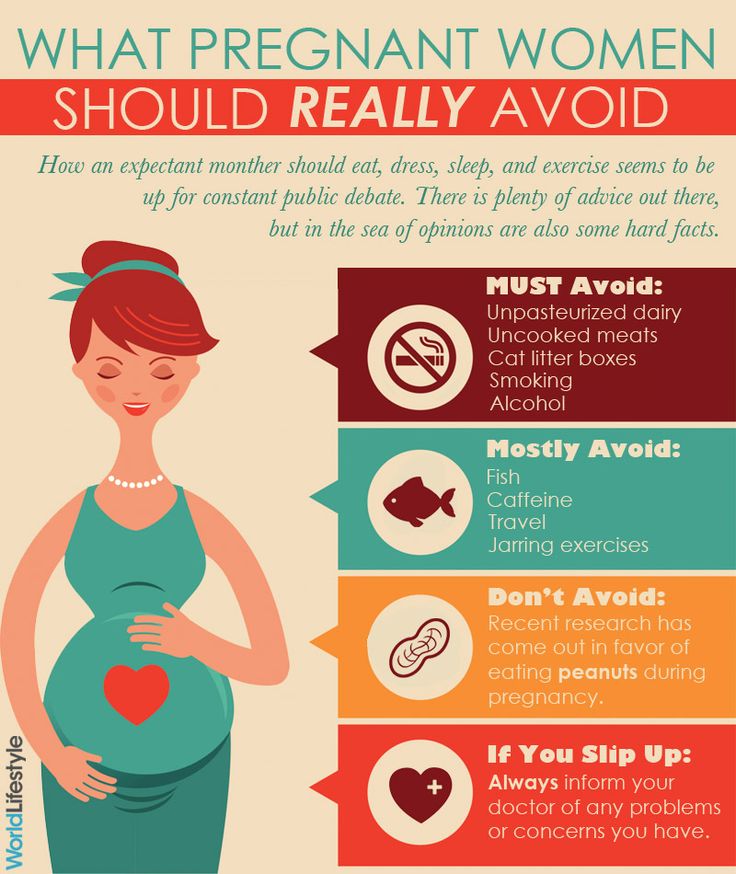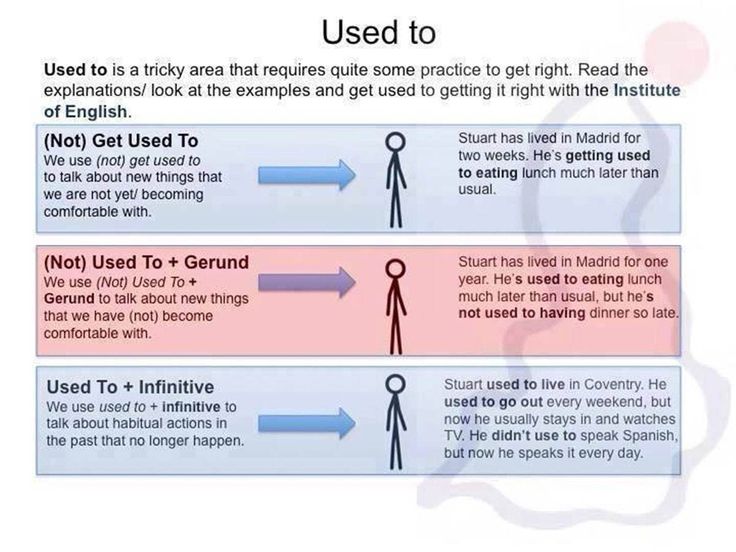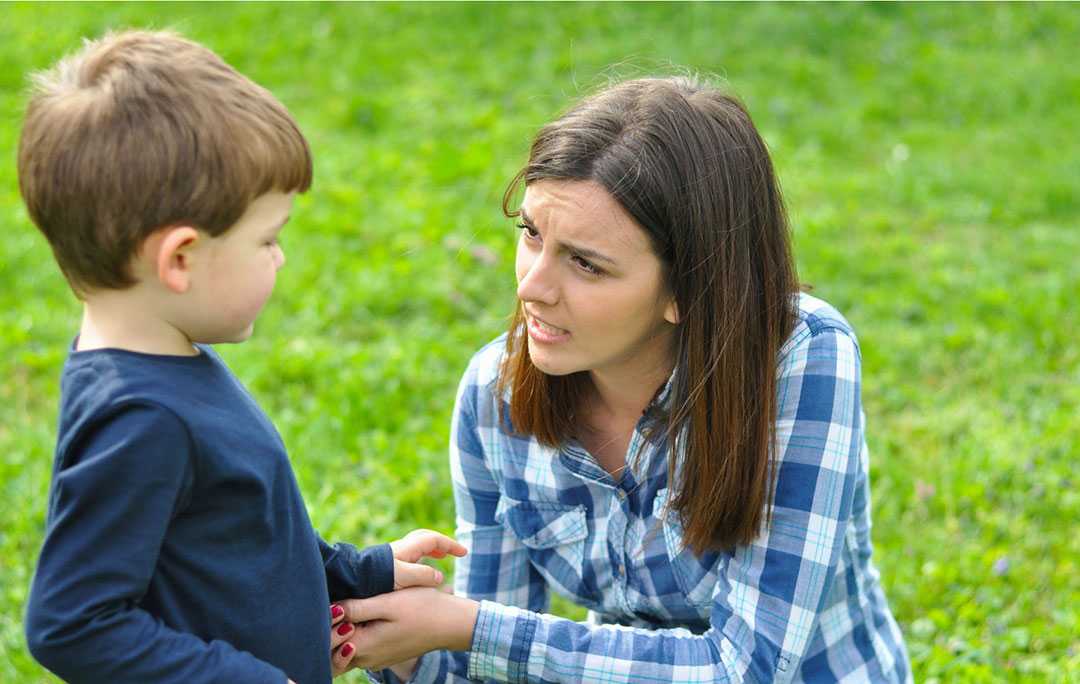When can infants go swimming
Swimming with Your Baby
OutdoorsHealth and SafetyInfant and Toddler Care
Most physicians recommend waiting until the baby is at least 6 months of age before going swimming with your baby. If your baby is less than six months old, avoid taking him or her to a large public pool, as the water is too cold. Make sure the water temperature is heated to at least 89.6°F before taking baby in.
A majority of baby water classes start at six months of age. The American Academy of Pediatrics doesn't recommend formal swimming programs for children age 1 and under. Parent/infant water classes at a young age are meant for enjoyment and bonding as opposed to water safety for your child.
Keeping Baby Safe and Comfortable in the Water
Regardless of the water's depth, make sure you are always within arm's reach of your baby.
Start off with 10 minute sessions in the water, followed by 10 minutes out. Gradually work up to 20 minutes in the water if the temperature is appropriate. For babies younger than 1 year, limit time spent in the water to 30 minutes maximum.
Putting your baby in the water up to the shoulders will help keep him or her warm. Keep baby moving through the water, gently swishing him/her around close to your body. As your baby gets older, you can extend your arms.
A baby's gag reflex is usually strongest up to 6 months of age, which means holding his/her breath underwater is involuntary. DO NOT put your baby underwater intentionally, but know your baby has this ability if his/her head goes under accidentally.
As soon as your baby begins to shiver, take him or her out and wrap in a warm towel. Babies lose body heat much quicker than adults, so if you feel a little chilly, take your baby out right away.
If your baby has a fever, cold or just isn't feeling well, do not take him or her swimming. Ask your doctor about any skin condition concerns before heading to the pool as well.
Make sure you always rinse off the chlorinated water and apply a baby-friendly moisturizer afterwards to avoid dryness or irritation.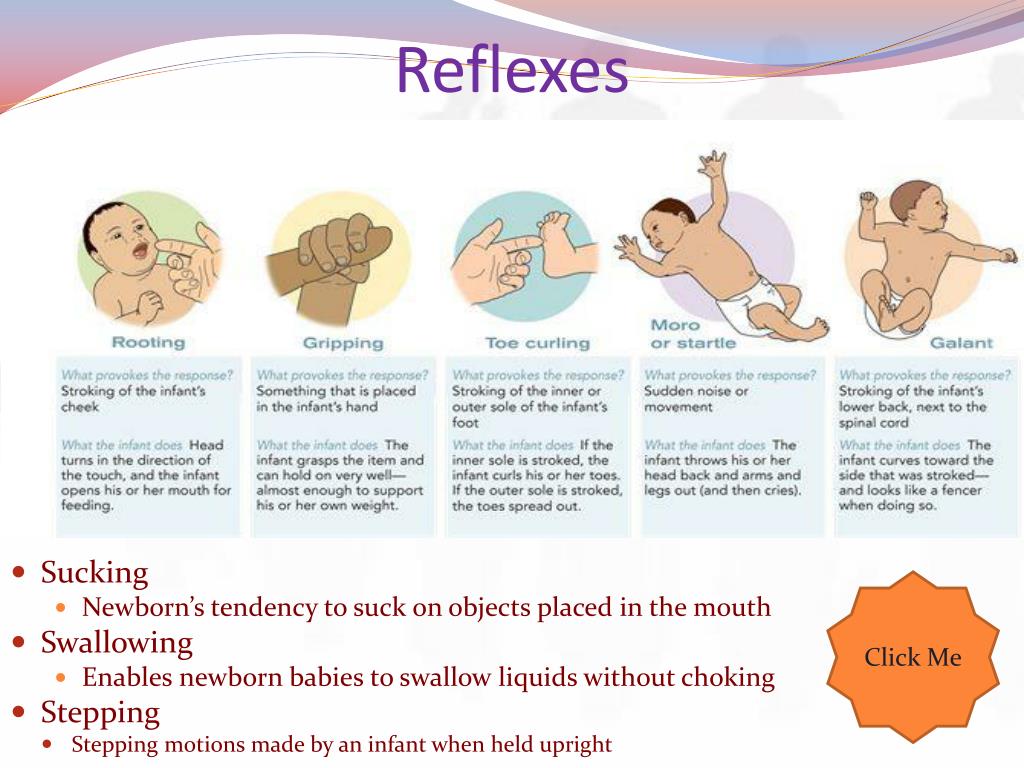
Boosting Your Baby's Water Confidence
While in the water, make sure you're constantly talking and praising your baby. Let your baby splash and play with toys. If he or she can throw a toy, "zoom" over to it with baby so he or she can grab it.
For children who can support themselves, set them on the edge of the pool, count to 3 and pull your baby gently into the water at the end of the count. As your child gets older and can stand, have him/her stand on the edge and fall or jump into your arms.
You should also invest in an infant/toddler life jacket/personal floatation device (PFD). Before purchasing a PFD for your little one, make sure that it is approved by the United States Coast Guard. Most PFDs for young children have a neck support, buckles for the torso and a strap between the legs or pair of "pants" underneath to keep the PFD on. The neck support ensures that a young child with poor body control will be upright in the water. Using arm floaties or water wings is not recommended, as they may slip off.
Age Guidelines for Swimming
As your child ages, he or she will become more confident in the water. Certain skills come with certain ages, especially with the help of swimming lessons. Each child develops at a different rate, but it's important to always be encouraging if water activities will be a part of your child's life.
6-18 months
- Explore water, feel comfortable in it
- Do very basic kicking and pulling movements
- Start to master floating and gliding, blowing bubbles, changing directions, getting in and out of water (ALL WITH ASSISTANCE)
18 months-3 years
- Keep building skills (basic arm motions, kicking)
- Get in and out of water by him/herself with stairs (closer to age 3)
- Learn to dunk head and hold breath
- Jump in to you, next to you
3-5 years
- Learn to float on front and back
- Roll from one side to another
- Use arms and legs to propel forward, tread water for short time
5 years and older
- Put all motions together (arms, legs, breathing) and start swimming
- Jump in alone, learn to dive
- Working on floating and gliding
Outdoors;Health and Safety;Infant and Toddler Care
It looks like your browser does not have JavaScript enabled. Please turn on JavaScript and try again.
Please turn on JavaScript and try again.
It looks like your browser does not have JavaScript enabled. Please turn on JavaScript and try again.
Babies and swimming | Pregnancy Birth and Baby
beginning of content4-minute read
Listen
Teaching your child to swim will help keep them safe and can be lots of fun. Even young babies can go in a pool, but make sure you follow these tips to look after them when you take them swimming.
When can my baby start to swim?
Newborn babies can’t swim — they have to learn, just like they learn to walk. But most babies enjoy being in water and their reflexes mean they will be able to do primitive swimming strokes.
Babies can go into water from birth. However, they can’t regulate their temperature like adults, so it’s very important to make sure they don’t get too cold.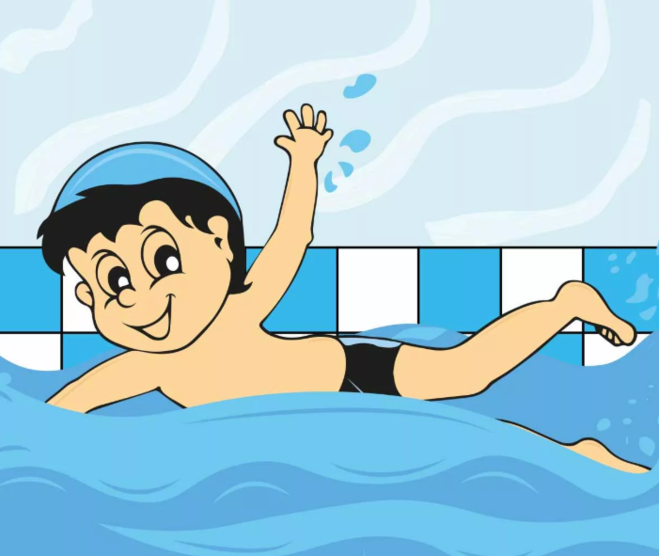 Babies can also pick up an infection from water.
Babies can also pick up an infection from water.
Therefore, it’s generally best to wait until your baby is around 2 months old before you take them swimming. You don’t have to wait until your baby is immunised to take them swimming.
If your baby is younger than 6 months, make sure the pool is heated to about 32° C. A large public pool would be too cold for a baby under 6 months.
New mothers should not go swimming until at least 6 weeks after the birth, or when they have stopped bleeding.
Safety precautions
There are lots of risks for babies and young children around water. Babies can drown in just 5cm of water. To keep them safe, never, ever leave young children unattended near water. It is a good idea to learn resuscitation for babies before you take them swimming. You can learn this by doing a first aid course.
If you have a pool or spa, it is important to make sure it is fenced according to the Australian Standard.
It is also important to be careful when using flotation devices such as rubber rings – they can tip over and make the baby’s head go underwater.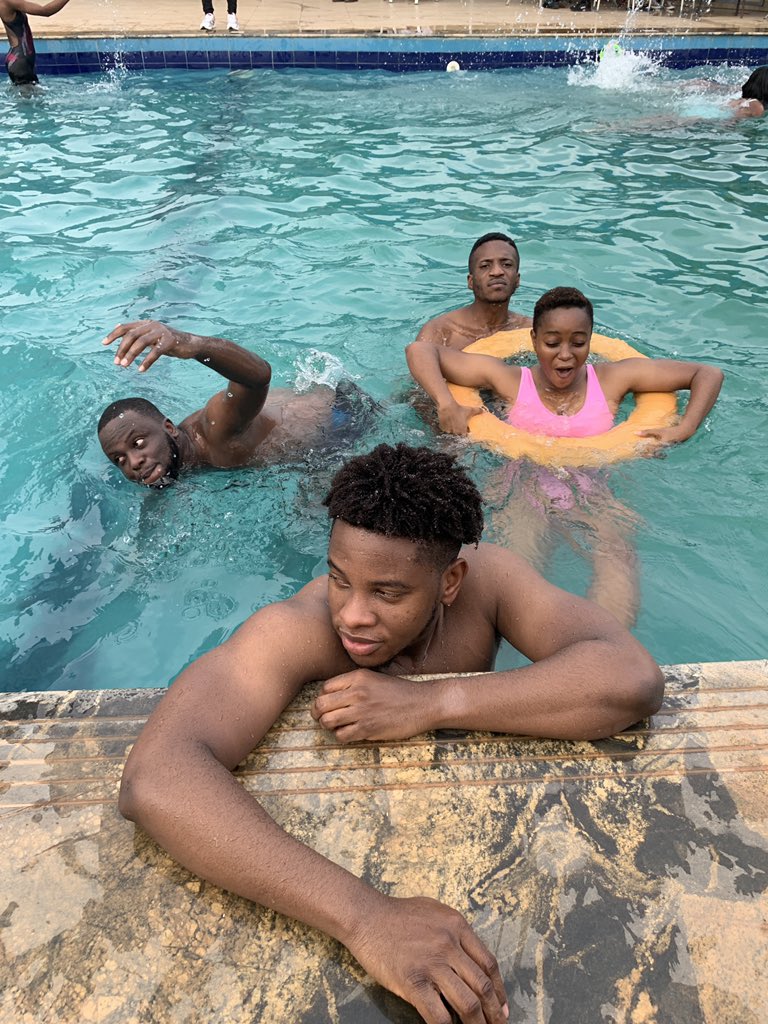
Babies can get ill from bacteria or viruses in water that hasn't been treated properly. Try not to let them swallow any water. Use swim nappies, and don't take them swimming if they have diarrhoea.
If you are swimming outside, make sure your baby is protected from the sun with clothing that blocks out ultraviolet light.
Where can my baby swim?
It’s best to get your baby used to the water at home in the bath. You don’t have to put them under the water – just let them get to enjoy floating (while you hold them) and the feel of the water on their skin.
From about 2 months you can take them into a heated pool, but don’t keep them in the water for more than 10 minutes at first. If they start to shiver, take them out and wrap them in a towel. Babies under 12 months shouldn’t stay in a pool for more than 30 minutes.
It’s OK to take your baby into a river, lake or the ocean from 2 months, but it’s very important to make sure they don’t get cold. Choose a spot where the water is warm and clean.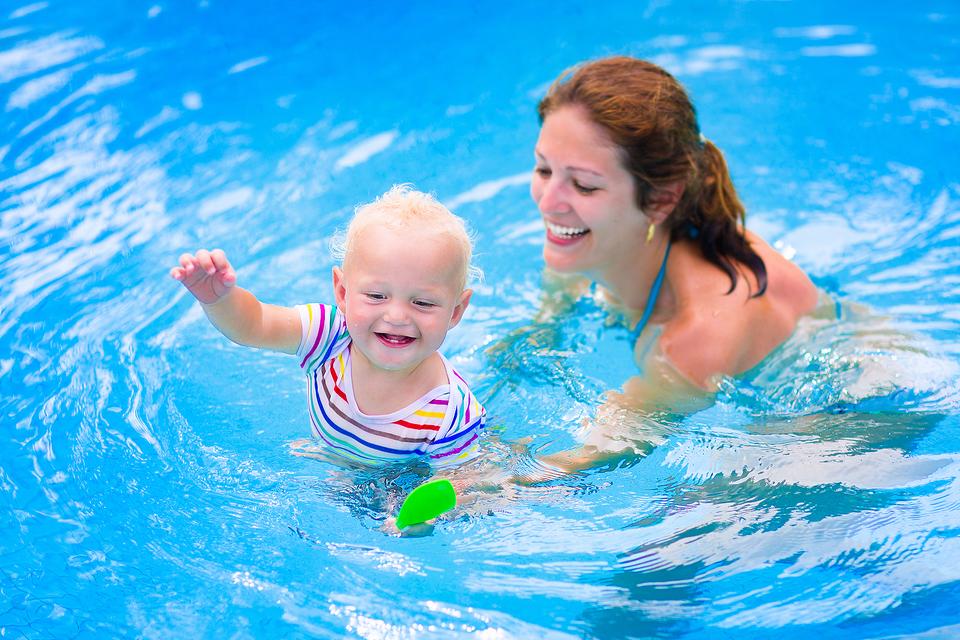 Watch out for currents that prevent you from holding them properly. And don’t let your baby drink the water.
Watch out for currents that prevent you from holding them properly. And don’t let your baby drink the water.
Young children should not go into hot spas. Spas are only suitable for children over 16.
About swimming lessons
Baby swim classes are designed to get your baby used to the water, help them learn swimming strokes, and teach them safety and how to survive in the water. Baby swimming lessons generally start at around 6 months.
Usually lessons involve a small group of parents and babies who learn through fun activities and play.
You can find swimming classes in your area by asking at your local pool or visiting the AUSTSWIM website.
Swimming clothes for babies
Before you take your baby swimming, you will need a swim nappy, which has snug-fitting legs and waistbands to contain your baby’s poo. Swim nappies are not designed to contain urine.
A swim nappy is necessary to ensure your baby’s poo does not enter the pool. If poo gets into the swimming pool, it will need to be closed down immediately and cleaned.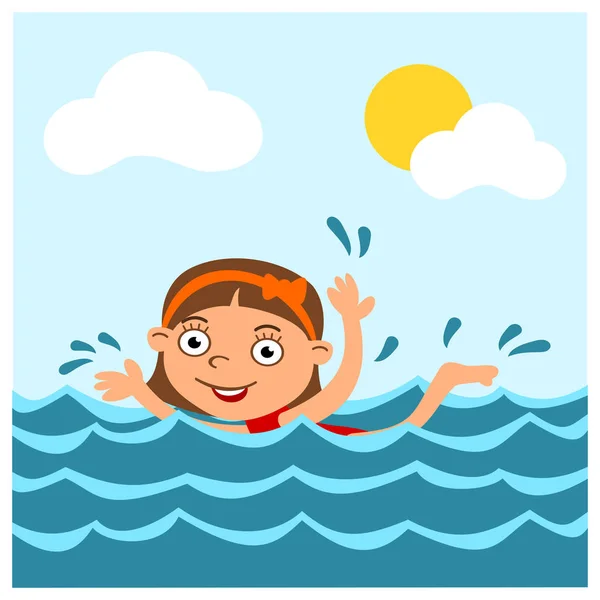 Public swimming pools often require babies to wear a swim nappy.
Public swimming pools often require babies to wear a swim nappy.
There are 2 main types of swim nappies:
- Disposable swim nappies. These are like normal disposable nappies but they won’t swell up in the water.
- Reusable swim nappies. These are made from stretchy bathing suit material, which allows water to escape, but will contain any solids. Some have a water-proof layer inside the nappy – like plastic pants. Others have an inner mesh layer.
You will also need:
- a towel
- change mat
- nappy bag
- a snack or bottle for afterwards
More information
Kidsafe Queensland – When is the right time to take my baby swimming?
AUSTSWIM – (Parents - FAQs)
Sources:
Babycenter Australia (Swimming with your baby), Babycenter Australia (When can my baby go in oceans, lakes, or rivers?), Sydney Children’s Hospitals Network (Be water safe), Australian Swim Schools Association (Information for parents), Raising Children Network (Swimming pool hygiene), AUSTSWIM (Parents - FAQs), Kidsafe Queensland (When is the right time to take my baby to swimming lessons?), Babycenter Australia (Buying a swim nappy)Learn more here about the development and quality assurance of healthdirect content.
Last reviewed: December 2020
Back To Top
Related pages
- Resuscitation for babies and children
- Sun protection for babies and kids
- Water safety for babies
This information is for your general information and use only and is not intended to be used as medical advice and should not be used to diagnose, treat, cure or prevent any medical condition, nor should it be used for therapeutic purposes.
The information is not a substitute for independent professional advice and should not be used as an alternative to professional health care. If you have a particular medical problem, please consult a healthcare professional.
Except as permitted under the Copyright Act 1968, this publication or any part of it may not be reproduced, altered, adapted, stored and/or distributed in any form or by any means without the prior written permission of Healthdirect Australia.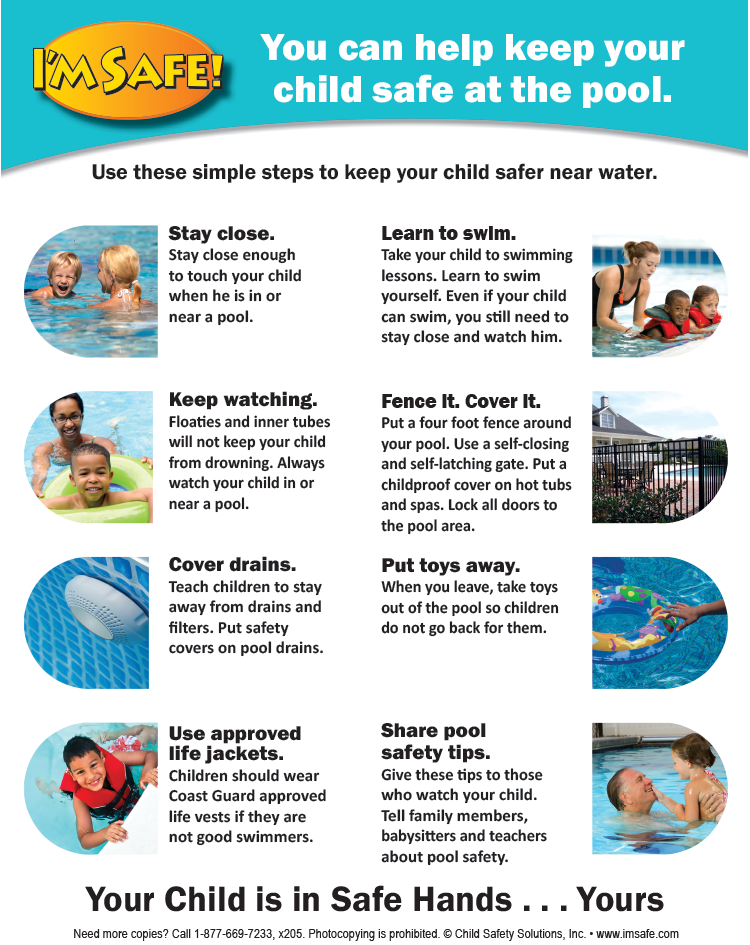
Support this browser is being discontinued for Pregnancy, Birth and Baby
Support for this browser is being discontinued for this site
- Internet Explorer 11 and lower
We currently support Microsoft Edge, Chrome, Firefox and Safari. For more information, please visit the links below:
- Chrome by Google
- Firefox by Mozilla
- Microsoft Edge
- Safari by Apple
You are welcome to continue browsing this site with this browser. Some features, tools or interaction may not work correctly.
Error 404 | Regional Perinatal Center
⚡⚡⚡
Taking into account the epidemiological situation, there is currently a restriction on visits to inpatient departments of the Perinatal Center.
⚡⚡⚡ The partnership has resumed.
GBUZ YAO "Regional Perinatal Center", based on the letters of the Head of the Rospotrebnadzor Administration for the Yaroslavl Region dated March 21, 2022 No.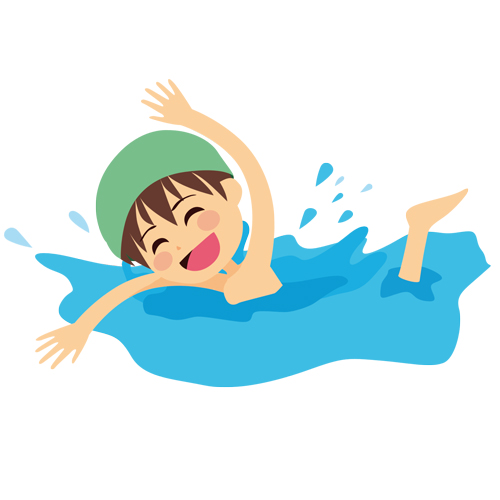 76-00-04 / 41-1099-2022, dated April 20, 2022 No. 76-00-04 / 48-1632 -2022 and No. 76-00-04/41-2515-2022 dated July 1, 2022, informs about the possibility of partner births from March 23, 2022, subject to the following conditions: the partner has a QR code about vaccination, as well as a PCR test, made no later than 48 hours before delivery (!!!express test is not accepted).
76-00-04 / 41-1099-2022, dated April 20, 2022 No. 76-00-04 / 48-1632 -2022 and No. 76-00-04/41-2515-2022 dated July 1, 2022, informs about the possibility of partner births from March 23, 2022, subject to the following conditions: the partner has a QR code about vaccination, as well as a PCR test, made no later than 48 hours before delivery (!!!express test is not accepted).
Based on clause 811. Decree of the Chief State Sanitary Doctor of the Russian Federation dated January 28, 2021 No. 4 “On approval of sanitary rules and norms SanPiN 3.3686-21 “Sanitary and epidemiological requirements for the prevention of infectious diseases”, a partner present at a partner birth must provide the result of an examination for tuberculosis (fluorography of the chest organs) not older than 1 year.
In addition, the future father needs to have a passport, a change of shoes (clean rubber slippers), a change of clean clothes (t-shirt and pants), a pair of clean handkerchiefs, a pack of wet antibacterial wipes and a small bottle of drinking water.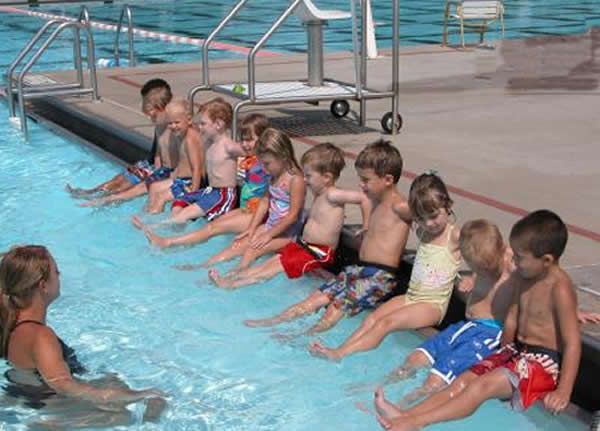
⚡⚡⚡Information for accompanying persons
Due to the increased risk of the spread of COVID-19, persons accompanying patients in outpatient departments are not allowed in the building of the Perinatal Center. Entrance to the building of the Perinatal Center is allowed only for accompanying disabled patients and patients with disabilities.
⚡⚡⚡ Information for infertile patients who need ART
in force 01.01.2021, the presence of indications for ART programs is carried out by the attending physician. He also draws up a referral for infertility treatment by IVF.
To get a referral, you need to contact the reproductive health specialist of the Department of Reproductive Health of the Regional Perinatal Center, who decides on referral to the IVF program. Recording by phone registry (4852) 78-81-96.
⚡⚡⚡ Instruction for citizens on actions in case of asymptomatic or mild novel coronavirus infection and acute respiratory viral infection (Download full memo, download short memo)
⚡⚡⚡
The Department of Health and Pharmacy of the Yaroslavl Region informs that as part of the implementation of the standard pilot project "Reproductive Health", approved by the Deputy Prime Minister of the Russian Federation Golikova T. A. dated November 25, 2021 No. 12752p-P12, regular meetings of citizens with experts on problematic issues of reproductive health continue.
A. dated November 25, 2021 No. 12752p-P12, regular meetings of citizens with experts on problematic issues of reproductive health continue.
Meetings are held every Saturday on the Reproductive Health channel, which is available at the links:
https://rutube.ru/channel/25385590/ https://www.youtube.com/channel/UCpEP5EFRcqul2Ae6Y6RbGuA https://vk.com/popsovet.
Questions to experts are accepted by e-mail: [email protected].
Schedule of the educational project "Reproductive Health" for August - December 2022
| No. | Date
| Time | Expert | Subject name |
1. | 13.08 | 10-00 | O.M. Drapkina A.B. Hecht | Obesity as an interdisciplinary problem. Prevention and correction of eating disorders. Proper nutrition and psychological aspects of women's health disorders. |
| 2. | 20.08 | 10-00 | O.I. Apolichin | Modern possibilities of drug and surgical treatment of disorders of male reproductive health. Assisted reproductive technologies for male infertility. |
| 3. | 27.08 | 10-00 | M.F. Ippolitova | Pregnancy, childbirth and abortion in adolescents. |
| 4. | 3.09
| 9-00 | L.V. Adamyan
| Uterine fibroids: asymptomatic, symptomatic. family forms. Possible options for examination and treatment. |
| 5. | 10.09
| 10-00 | A.B. Hecht (R.G. Akzhigitov) | Consequences of past COVID-19in women (postcovid syndrome). |
| 6. | 17.09 | 10-00 | A. | Prostate cancer and stereotypes of male reproductive health. The possibilities of modern medicine and the right attitude to one's health. |
| 7. | 24.09 | 10-00 | E.E. Voronin L.Yu. Afonina | HIV, hepatitis and pregnancy. Prevention of HIV and hepatitis among young people. |
| 8. | 1.10 | 10-00 | I.V. Soldiers | Benign dysplasia of the mammary glands. Precancerous diseases and risk factors for the development of malignant neoplasms of the breast. What you need to know: simple answers to women's questions. |
9.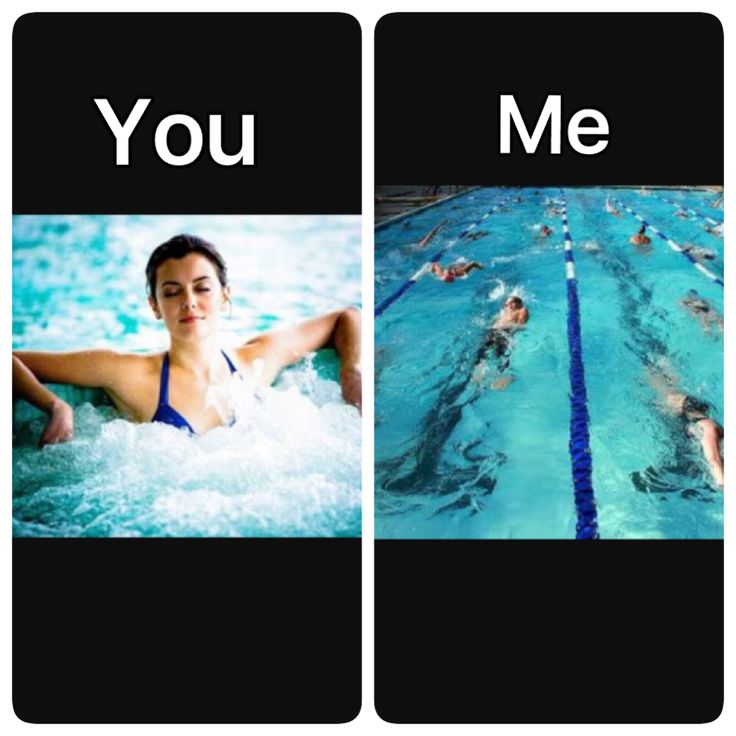 | 8.10 | 10-00 | N.V. Mokrysheva | “Letters to my son”: what endocrine aspects of reproductive health do we need to tell adolescents |
| 10. | 15.10
| 10-00 | A.D. Kaprin M.V. Kiseleva | Reproductive health of cancer patients: opportunities to become parents are real. |
| 11. | 10/22 | 10-00 | A.B. Hecht
| Prevention of postpartum depression, including during periods of limited social interaction. Postcovid syndrome. |
| 12. | 29.10 | 10-00 | N.V. Mokrysheva
| Family planning for diabetes and thyroid disease: what to look for. |
| 13. | 5.11 | 10-00 | A.A. Steam horse | Oncology and pregnancy: preservation of reproductive function, preparation and management of pregnancy in oncological diseases. |
| 14. | 11/12 | 10-00 | A.A. Olina E.V. Uvarova | Teenage pregnancy: abortion cannot be delivered. Where to put a punctuation mark or what to do in a difficult situation? |
15.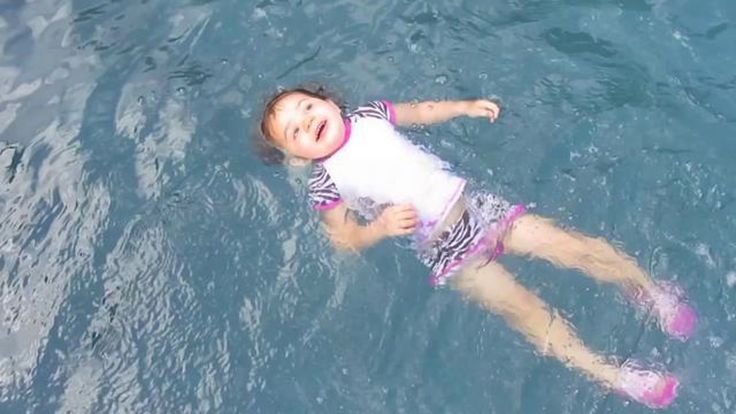 | 11/19 | 10-00 | L.V. Adamyan | Modern aesthetic and plastic gynecology. The unity of beauty, sexuality and psychological comfort. |
| 16. | 11/26 | 10-00 | O.I. Apolichin | We are what we eat. Nutrition and male fertility. What and how to eat, drink to maintain fertility? |
| 17.
| 03.12 | 10-00 | N.V. Dolgushin O.I. Apolichin A.A. Olina | Medical genetic counseling for pregnancy planning. Assisted reproductive technologies, family assistance programs. |
| 18. | 10.12 | 10-00 | N.G. Mokrysheva
| Beyond genes: the role of parents in childhood obesity. The impact of obesity on the somatic, psychological and social well-being of children and adolescents. |
| 19. | 17.12 | 10-00 | Outcome event | New opportunities in medicine and reproduction ( genetics, immunology, cell technology, endocrinology, reproductive surgery, gynecology, urology, oncology ). |
Bathing a newborn and walking - GBUZ VO "REGIONAL PERINATAL CENTER"
posted in: Patient | 0
Bathing a newborn.

Babies under 6 months bathed daily, older children can be bathed every other day. In the hot season, a child, regardless of age, needs to be bathed daily. For bathing, it is necessary to use a pH-neutral baby soap, which is used 1-2 times a week. At the end of bathing with soap, the child should be doused with water, the temperature of which is 1 - 2 degrees lower than the water in the bath (a simple hardening method).
Baby bath tips:
- Bathing a child should be started in boiled water – until the umbilical ring heals – up to 1 month, then you can use ordinary water.
- For bathing, it is better to use a special baby bath, but if it is not available, you can bathe your baby in a regular bath after washing it thoroughly.
- Bathing water temperature 36 - 37 degrees, room temperature not less than 21 degrees (for premature babies - 24 degrees).
- Before bathing, it is recommended to lay the baby naked on the stomach for a few minutes, you can massage and do gymnastics.
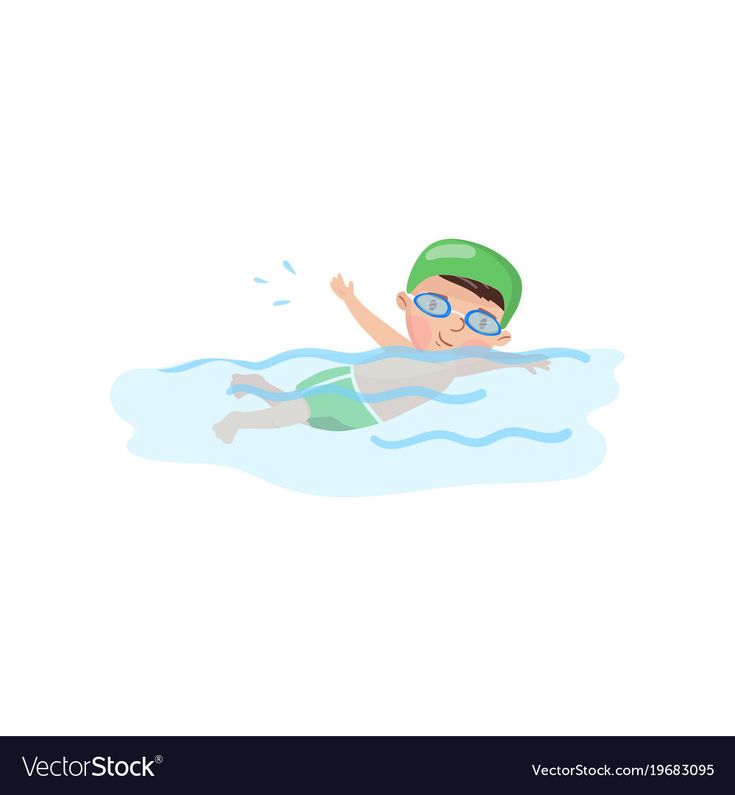
- Before bathing, you need to wash the baby (the girl should be washed in the direction from the genitals to the anus).
- The child's stay in the water should be 5 - 10 minutes, the scalp of the child can be washed with baby soap or shampoo without tears in the direction from the forehead to the back of the head. Bathing the child's body with soap should be no more than 2 times a week.
- Face should be washed separately with clean water.
- After bathing, the baby's skin should not be wiped, but blotted with a soft, warm diaper that absorbs moisture well.
- Your manipulations should bring only positive emotions to the baby.
Toilet of the eyes and nose is carried out as needed:
- Eyes should be washed from the outer edge of the eye to the inner, each eye with a separate cotton swab moistened with boiled water.
- Nasal toilet is performed only when nasal congestion interferes with breastfeeding.
 This can be caused by a child spitting up milk through the nose - "milk crusts" or very dry air are formed in the room where the child is located. Before this manipulation, it is necessary to irrigate the nasal passages with a solution of the Aquamaris type. You can make your own flagellum from cotton wool, moisten it with boiled water and clean the nasal passages one by one with a twisting motion. Even if you fail to clean your nose with high quality, you will cause a sneeze in the child with this manipulation, with the help of which the baby will clean his nose himself. Frequent toileting of the nose can lead to swelling of the mucosa, since in babies the nasal mucosa is richly supplied with blood vessels.
This can be caused by a child spitting up milk through the nose - "milk crusts" or very dry air are formed in the room where the child is located. Before this manipulation, it is necessary to irrigate the nasal passages with a solution of the Aquamaris type. You can make your own flagellum from cotton wool, moisten it with boiled water and clean the nasal passages one by one with a twisting motion. Even if you fail to clean your nose with high quality, you will cause a sneeze in the child with this manipulation, with the help of which the baby will clean his nose himself. Frequent toileting of the nose can lead to swelling of the mucosa, since in babies the nasal mucosa is richly supplied with blood vessels. - If you suspect a child's illness, you should contact the local pediatrician.
Nails can be trimmed after the child has been discharged from the maternity ward and has taken a bath with soap. This can be done with children's scissors with rounded ends, it is better during the child's sleep.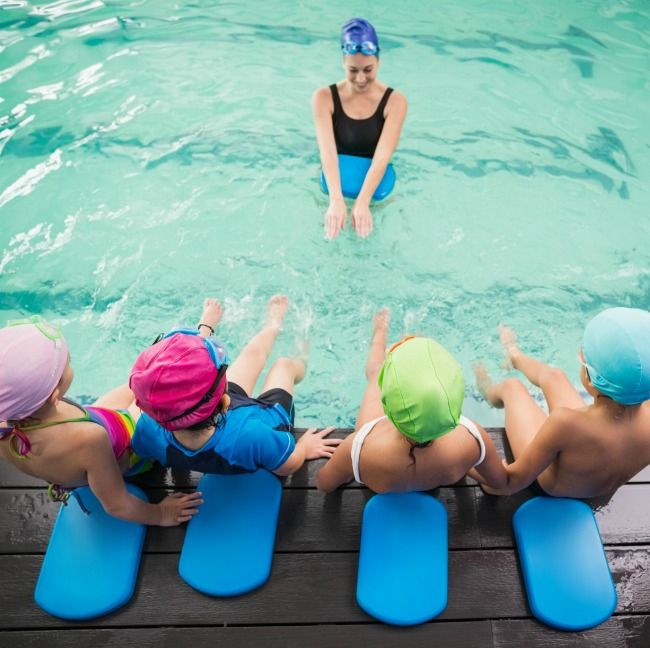
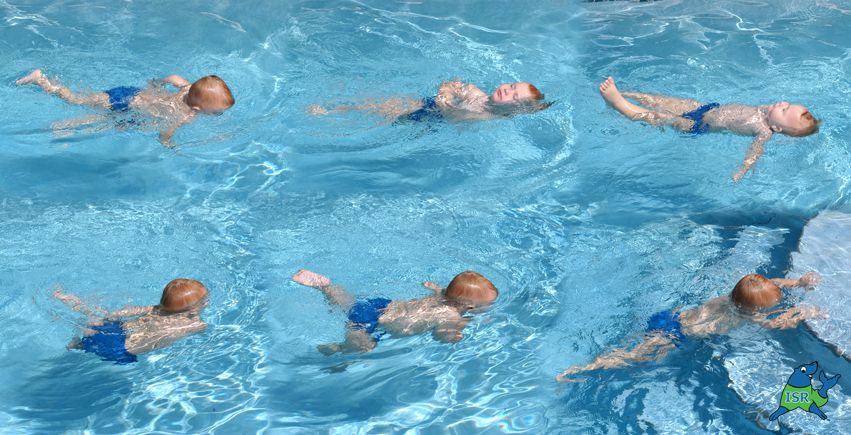 Features of preventive examination of minors. Modern methods of contraception for adolescents and youth.
Features of preventive examination of minors. Modern methods of contraception for adolescents and youth.  D. Kaprin
D. Kaprin 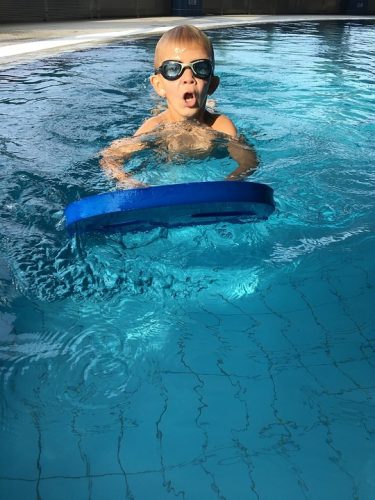
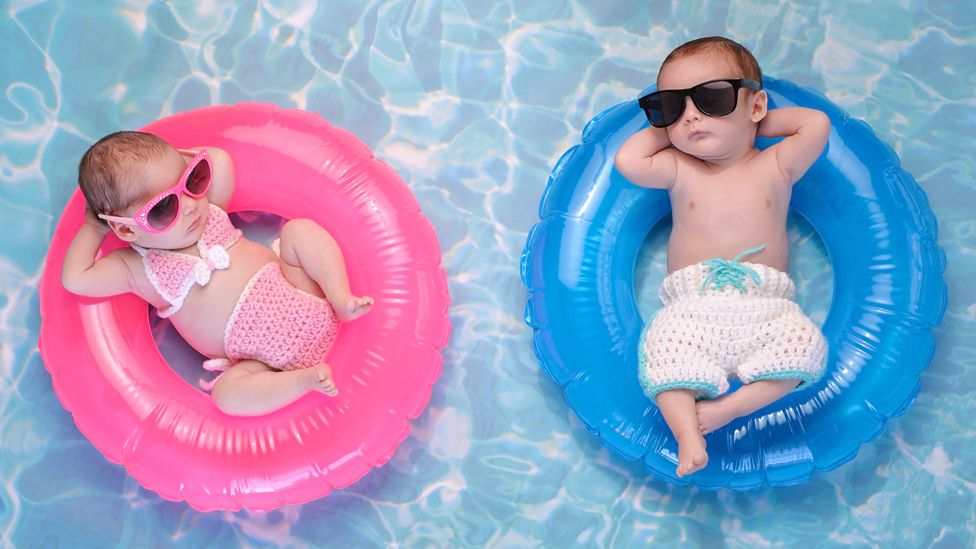 Inefficiency of ART and ways to overcome it.
Inefficiency of ART and ways to overcome it. 
